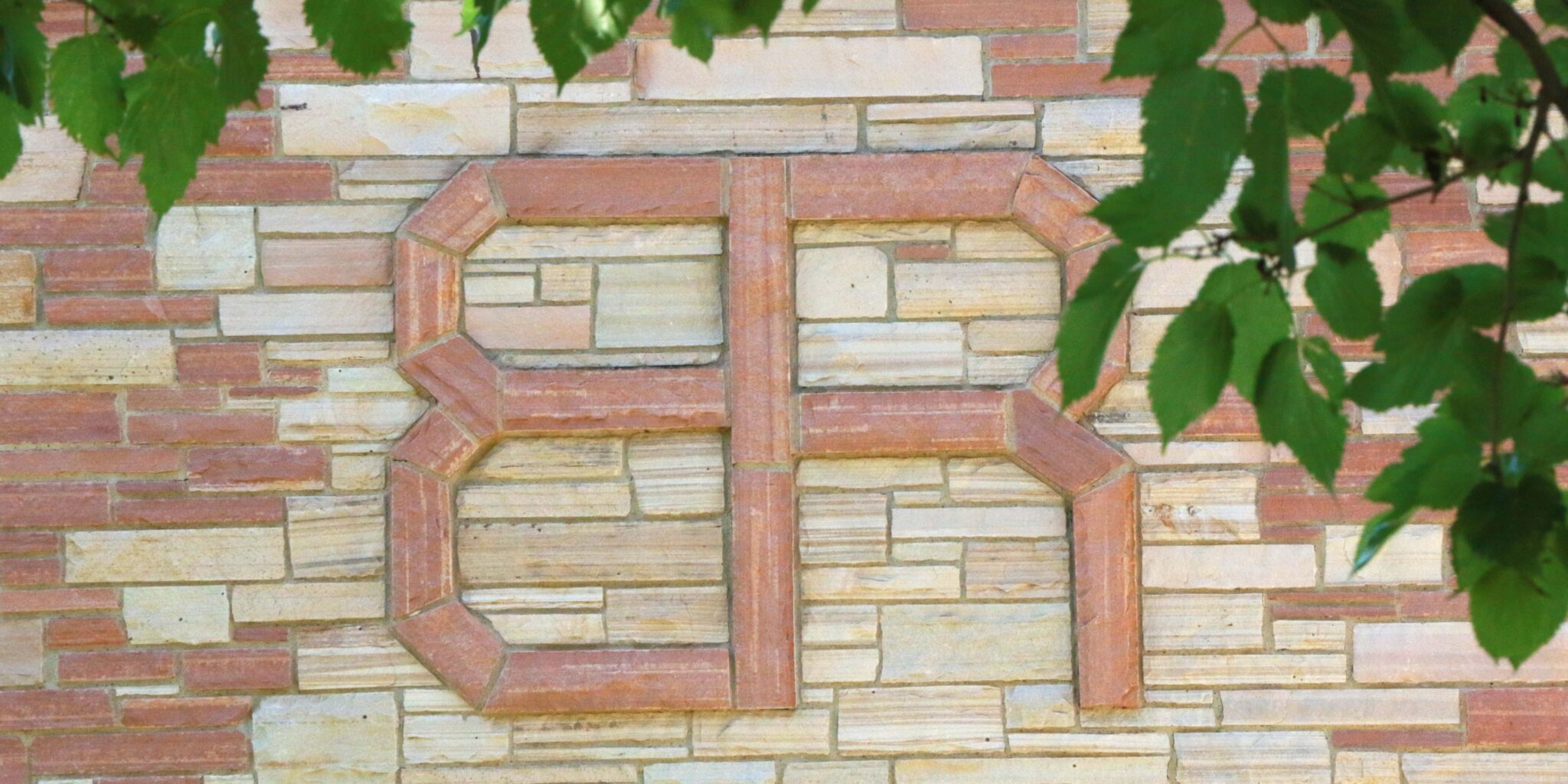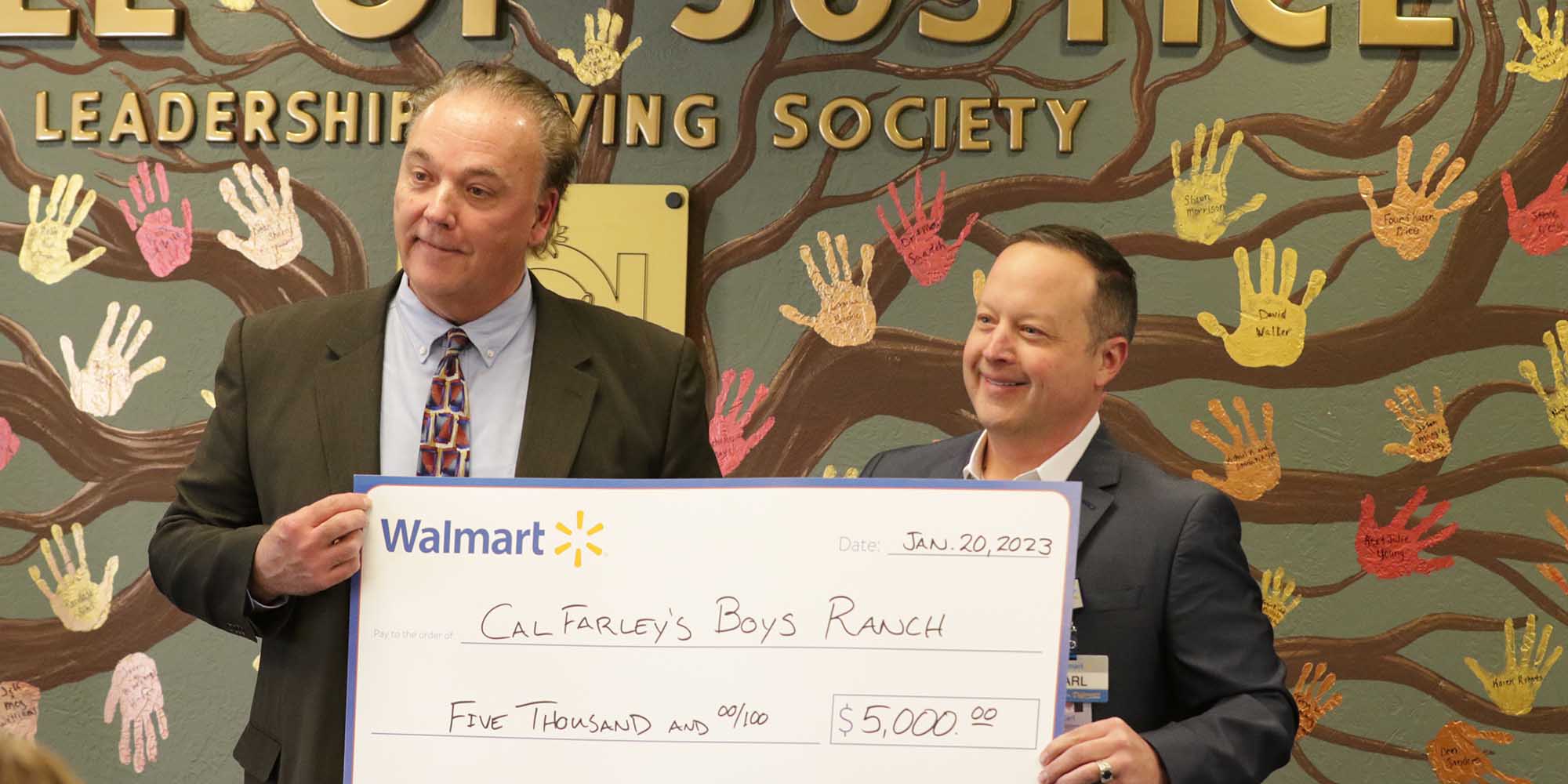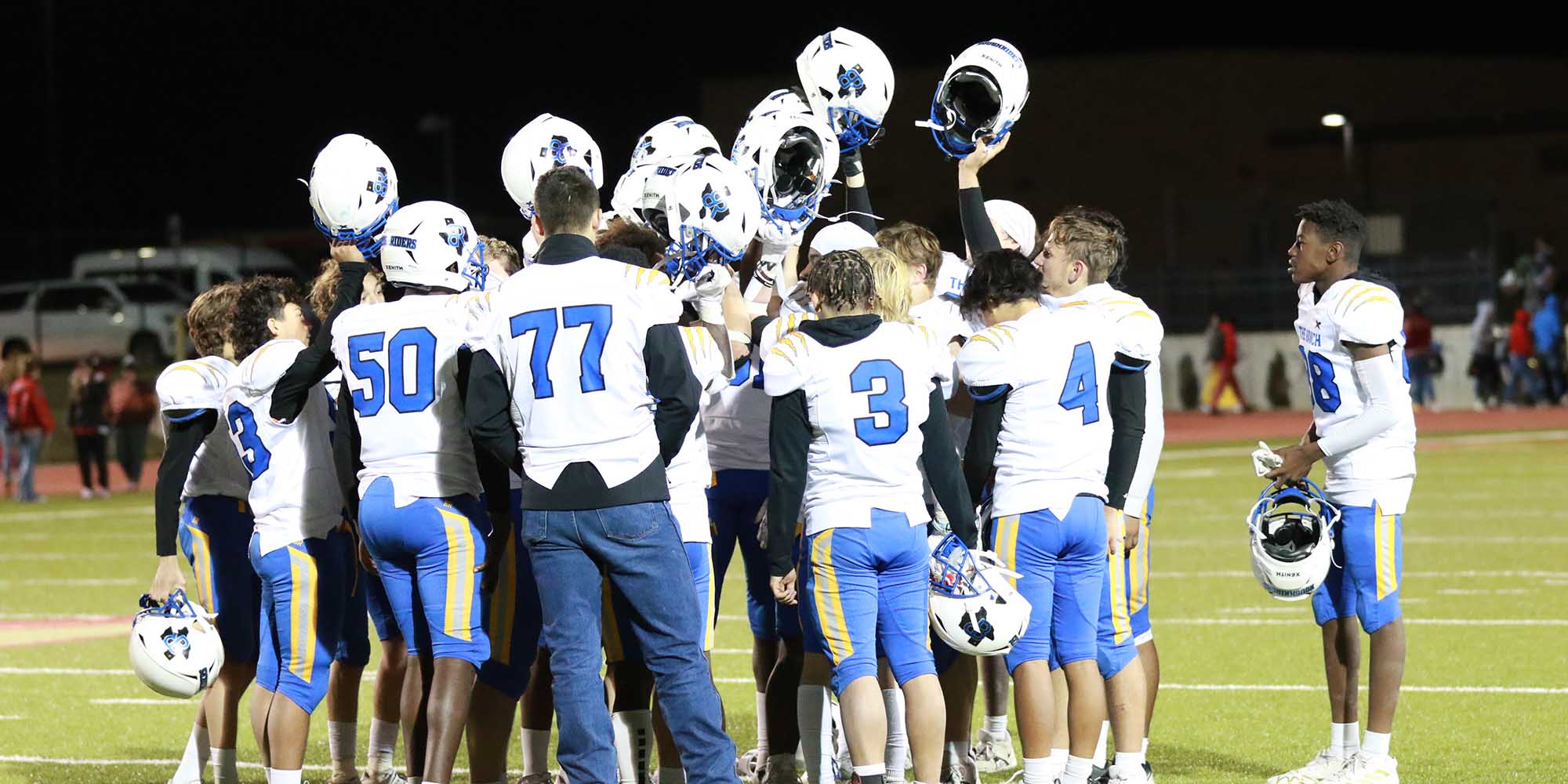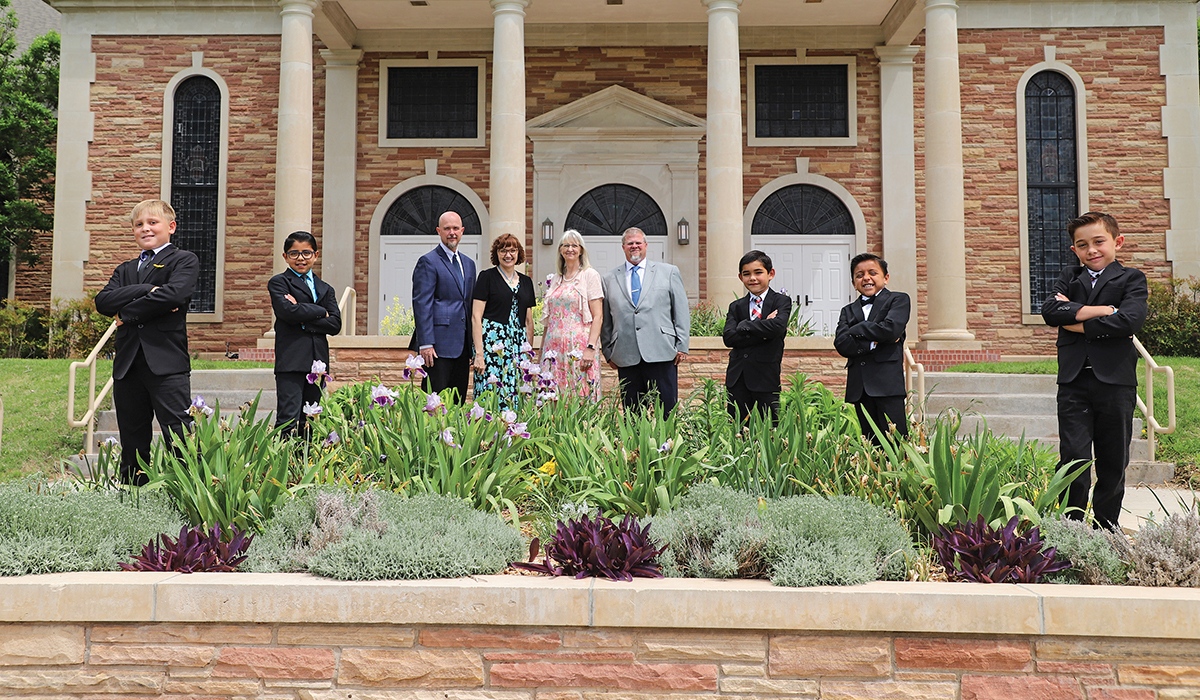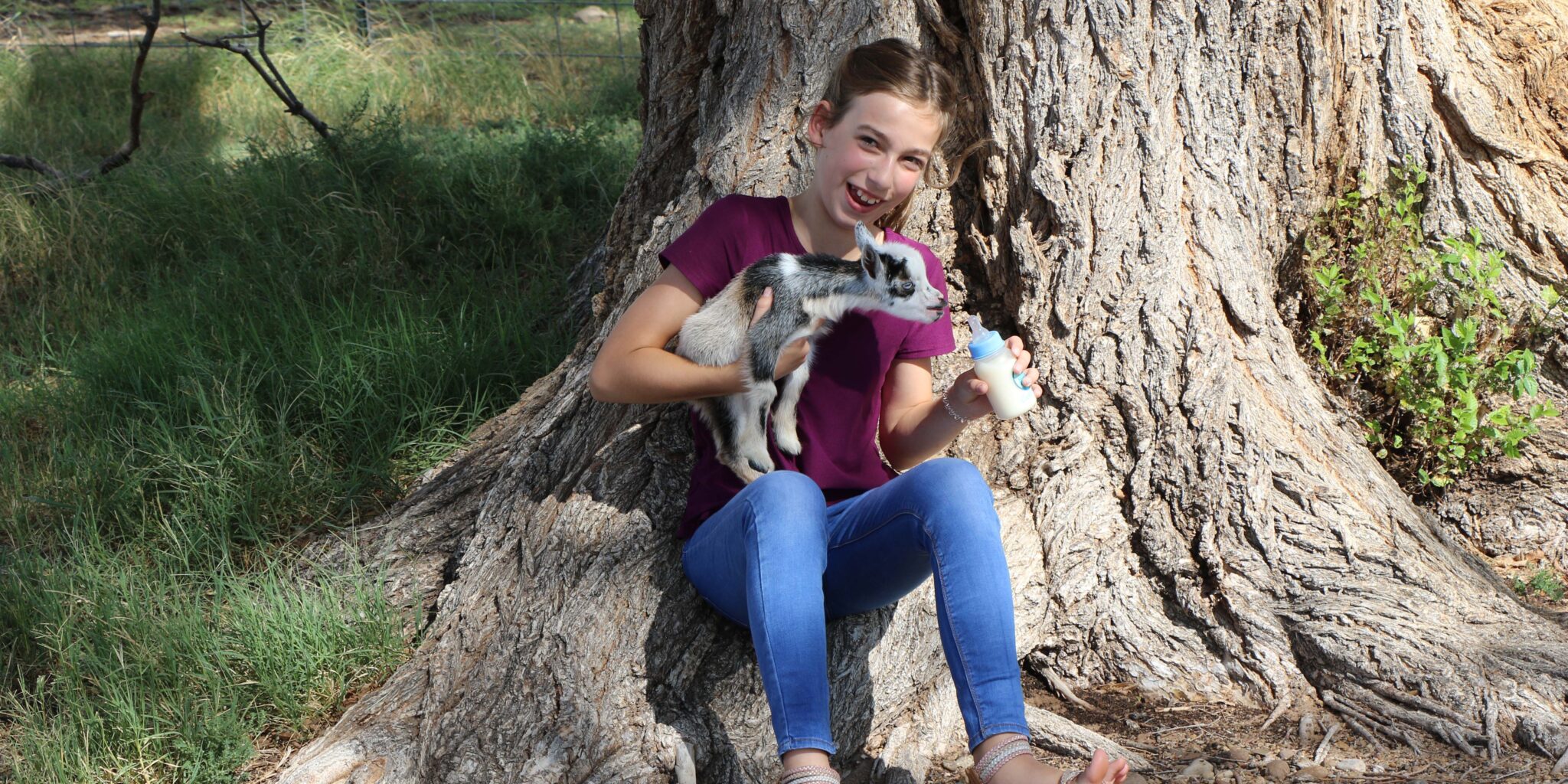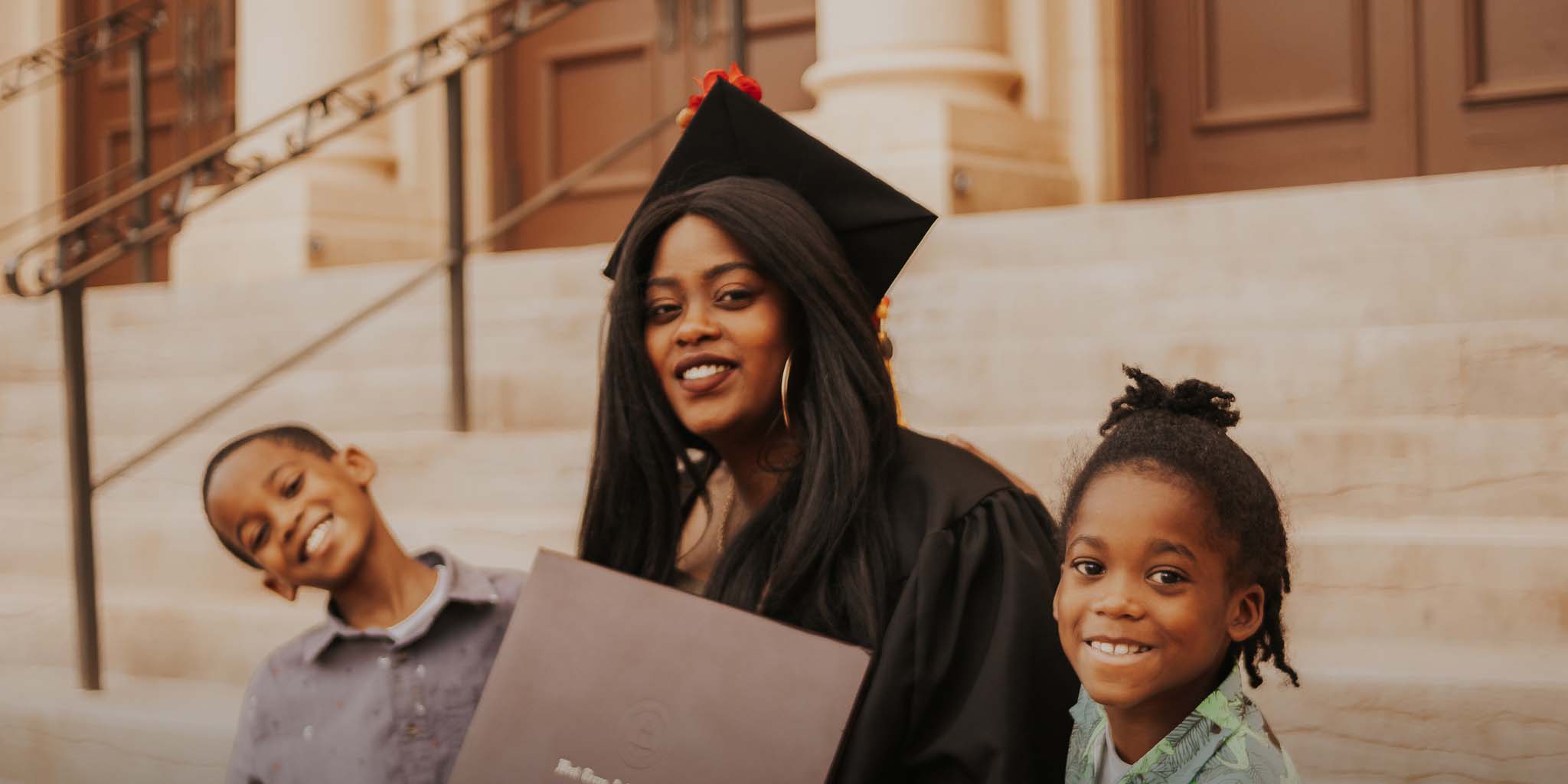The Houseparent Role
Houseparents at Cal Farley’s significantly impact the lives of children, making their role the backbone of our programs at Boys Ranch. Because our houseparents work so closely with children, they are important role models teaching clients life lessons and core values. Successful house parents come from many walks of life, represent different age groups and display different personalities.
Announcing our New Houseparent Programs
New-Hire Incentive Program
Newly-hired houseparents can earn up to $6,500 in bonuses over their first two years!
Referral Program
Earn up to $2,500 over two years just for referring people to our houseparenting positions!
houseparenting through the eyes of our youth and staff
The Road to Boys Ranch
Hannah is Learning Regulation for Better Relationships
‘How Boys Ranch Saved My Life’
What's a typical day like?
Creating an atmosphere for thriving
Houseparenting is arguably one of the most important — and rewarding — jobs within our organization. Houseparents provide daily supervision for up to 12 children in a home, requiring a high level of energy and the capacity to meet the demands of a large family household. From helping with homework to overseeing chores and providing meals, our houseparents have the important role of creating a family-like atmosphere within the home.
A normal day begins with houseparents helping our youth prepare for their day. They ensure that the children in their home receive a nutritious breakfast, make sure they are ready for school and see them off for the day.
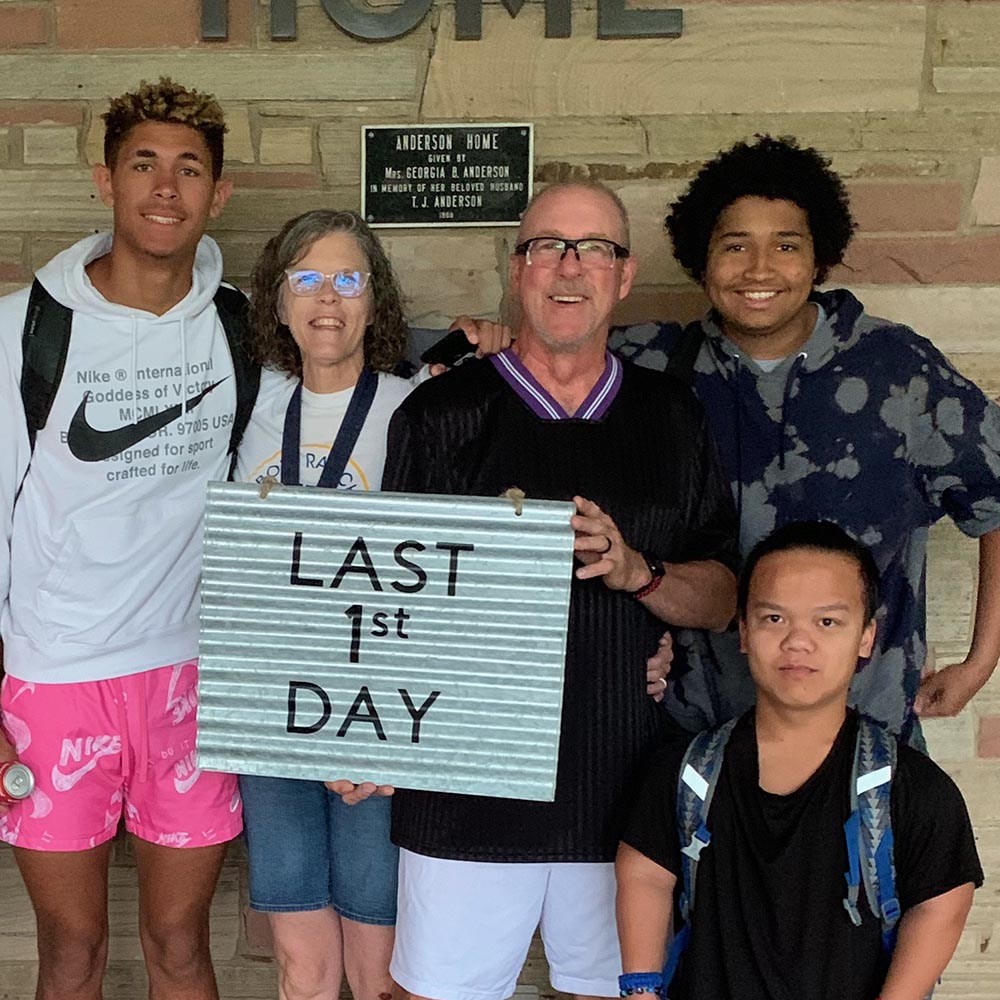
During school hours, houseparents often go to home meetings, attend training sessions and may have free time in the afternoon to enjoy many of the amenities on campus, including our state-of-the-art fitness center, indoor swimming pool and activity center.
When the school day is over, houseparents coordinate getting youth to their selected activities, prepare the home meal, answer questions about homework assignments and supervise household chores.
Weekend schedules are less structured, allowing houseparents to lead residents in recreational activities like taking students to local events, enjoying an afternoon of crafts or spending a quiet night in the home. Sunday chapel service is a requirement for all residents and on-duty houseparents
Frequently asked questions
Learn more about this incredible opportunity at Boys Ranch.
Houseparent Apartment
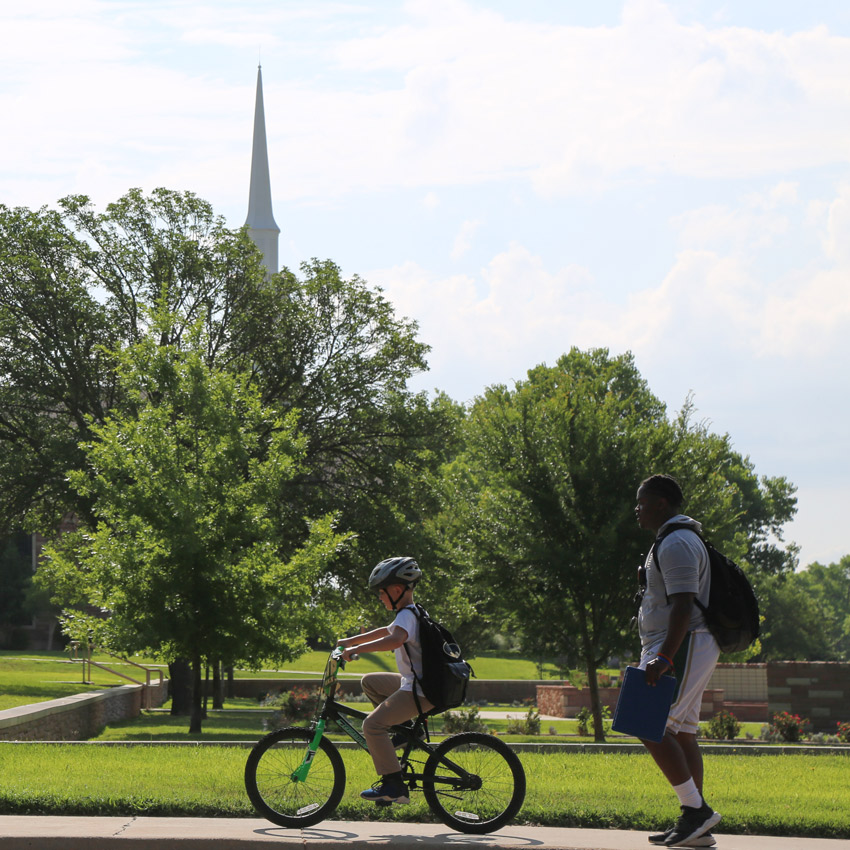
Houseparent apartments are designed to give you a private living space within the resident home. The apartments feature:
- Private entrances
- 2 or 3 bedrooms
- 1 or 2 bathrooms
- Living area
- Kitchen with appliances
All apartment utility costs and maintenance are covered, so you have more time to focus on home life.
be part of our success.
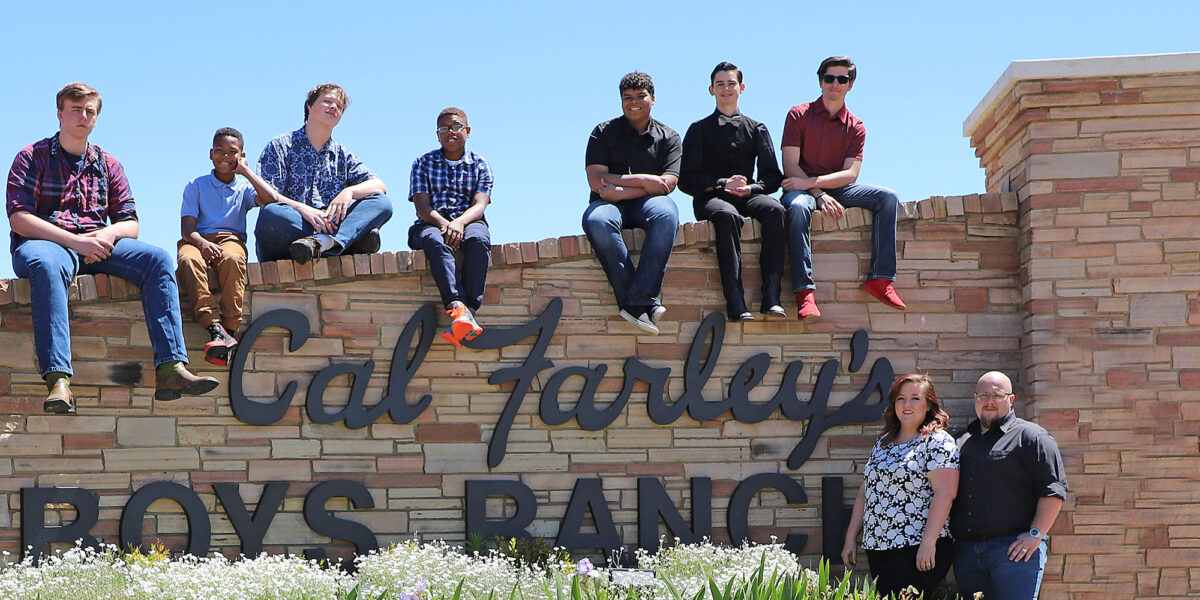
Beyond the day to day
A path for lasting change
The Cal Farley’s Model of Leadership & Service comprises the universal needs of safety, belonging, achievement, power, purpose and adventure. We believe when these six areas of need are met individuals are able to reach their fullest potential. We believe challenging behavior stems from one or more of these needs not being met — or being met inappropriately. Our model also takes into account neurodevelopmental and relational health, past experiences and learning. Within this framework, we can move from the belief that behavior is simple willful defiance to being curious as to what need is behind the behavior.
In response, we view these situations as opportunities for instruction and intervention in an attempt to better meet a child’s needs. We understand there is a need to provide both structure and nurturing to limit the present behavior and facilitate lasting change. Relationships that are restorative and unconditional are key.
Within this context, we strive to identify each individual’s unique gifts and strengths. When used intentionally, our personalized interventions will provide opportunities for children to meet their needs, improve relationships, cultivate their strengths, develop self-control, maintain dignity and learn new skills.
In our Christ-centered atmosphere, love, acceptance, encouragement, hope and compassion can flow. We recognize others as children of God with intrinsic worth, value, and purpose. Our Houseparents need to understand this — so maybe one day the children they serve will, too.
Employee benefits
Investing in your future
Cal Farley’s provides excellent benefits for staff, including medical, dental and vision coverage, life and disability insurance, paid vacation and sick leave and a 401(k) retirement plan with company match. Certain 24-hour on-campus positions, such as house parents, offer additional benefits.
A reputation for excellence!
In 2012, we were recognized as one of the best companies to work for in Texas. Our policies, systems, philosophies, practices and demographics are among the industry’s best.
Our organization provides excellent employee benefits for staff*, including:
- Major medical, dental and vision
- Life insurance and voluntary life insurance
- 401(k) retirement plan, with company match up to 5 percent
- Paid time off
- 10 annual holidays (excluding houseparents and youth care workers)
- Wellness program
- Childcare supplement program
- Fuel supplement program (for designated positions)
- Educational assistance - tuition reimbursement
- Health club reimbursement program
*Certain 24-hour on-campus positions, such as houseparents, offer additional benefits.
A reputation for excellence!
Full-time houseparenting comes with many benefits!
Signing bonus up to $1,500.
Annual salary of at least $75,400 for couples & $37,700 for single houseparents.
Total compensation package includes a rent & utility free private apartment.
Relocation assistance
Use of athletic facilities (fitness center, indoor swimming pool, bowling alley)
Work 6 days, off 3 days! Plus a Respite program.
As a Neurosequential Model Network Phase II certified site, every houseparent will receive extensive training on the Neurosequential Model.
The chance to be a part of changing a child's life.
Have questions? Contact us!
Human Resources Department
Apply online by clicking the link above or apply in person at:
600 S.W. 11th Ave., Amarillo, Texas 79101-3228
8 a.m. to 5 p.m. CST Monday through Friday
Visit Boys Ranch
Guests are welcome at Cal Farley’s historic Boys Ranch campus. We are located at the site of Old Tascosa, a pioneer town where the likes of Billy the Kid and Pat Garrett walked its dusty streets.
Since 1939, though, it has served a much different purpose. On land once known for gun fights and barroom brawls, Cal Farley’s residents learn the value of integrity, perseverance and faith in God.
All visits begin at Boys Ranch Headquarters, where guests must first check in. The safety of our residents is our first priority, so guests 18 and older will be asked to present their driver’s license or photo ID.
TOUR HOURS
Monday to Friday
from 8 a.m. to 5 p.m.
Tour reservations are requested, but not required.
Tour Highlights
Cal farley and his legacy
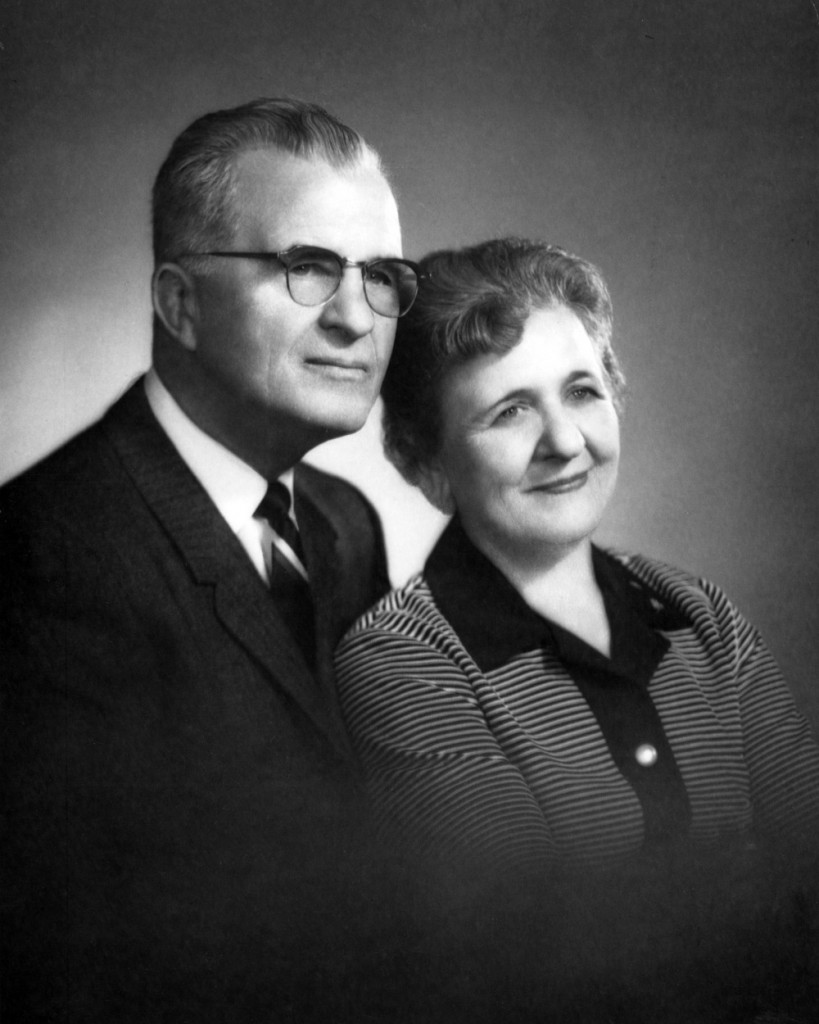
In the late 1930s, Cal Farley was playing semiprofessional baseball by day and wrestling by night in Amarillo, Texas. Mr. Farley, a World War I veteran with an engaging personality, was a fan favorite at the ballpark, where he would deliberately hit foul balls over the fence to children gathered there, knowing they could exchange these balls for a free ticket to the game. Mr. Farley realized some of these children were hanging around the ballpark when they should have been in school, and he soon found many of them came from broken homes where guidance, supervision and love often were missing.
Mr. Farley began looking for ways to help these children and, in the fall of 1938, Texas Panhandle rancher Julian Bivins agreed to support the cause. Bivins donated about 120 acres of land 36 miles northwest of Amarillo. The following March, Mr. Farley established his boys ranch at the site, which long before had been home to Tascosa, a raucous pioneer town. On land that once was known for gun fights and barroom brawls, Boys Ranch residents learned the value of integrity and an honest day’s work.
The Boys Ranch population quickly grew and, in 1944, Mr. Farley sought to bolster the boys’ social education by hosting a rodeo. About one hundred people showed up, but the idea took root. Now, thousands attend the annual Boys Ranch Rodeo.
Boys Ranch programs expanded to include girls. Yet still, we hold true to the values set over seven decades and prepare young people to become responsible citizens
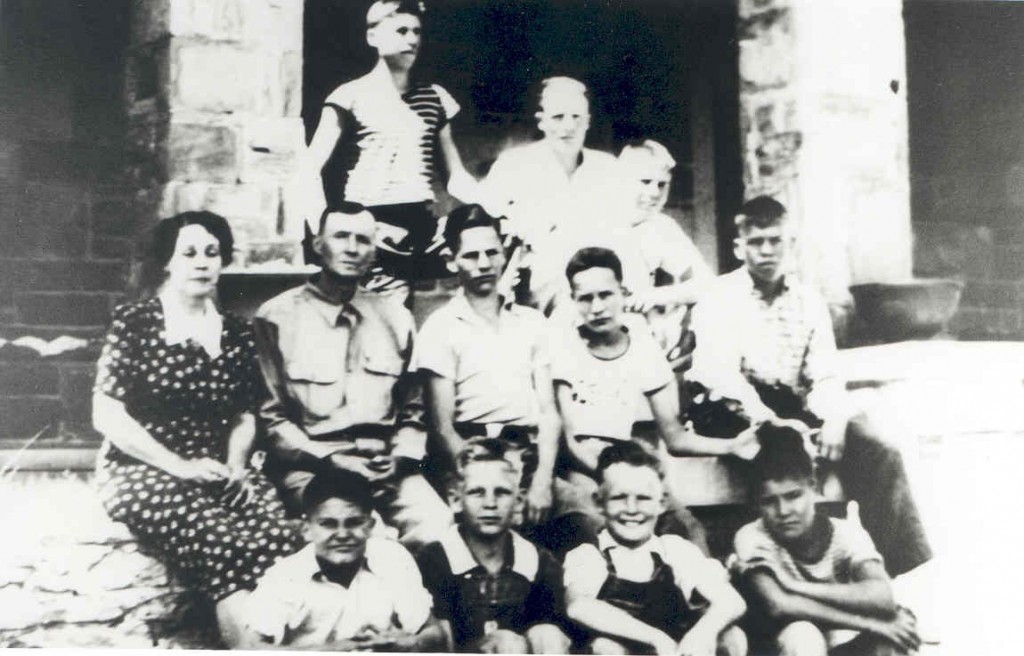
Residential Community
We hear these words time and time again: “This place has to be seen to be believed, it’s incredible!” For those who’ve never visited our beautiful, historic campus, here’s a look at where our life-changing work happens. If you ever find yourself in the Texas Panhandle, we’d love to show you around.
Boot Hill Cemetery
Boot Hill Cemetery was named after the cemeteries in Dodge City Kansas and Tombstone Arizona. But unlike those, Tascosa’s Boot Hill was actually located on a hill overlooking the town. Fred Leigh was the first to inhabit the cemetery, after being shot out of his saddle by Tascosa’s first Sheriff, Cape Willingham, for shooting the head off of a duck!
Julian Bivins Museum
Located in the original Tascosa courthouse serving Oldham County, the Julian Bivins Museum contains historical artifacts from Boys Ranch and Old Tascosa.
Tascosa was known as the “Cowboy Capital of the Plains” and was the rowdy home of settlers, cowboys, cattle thieves and lawmen.
The area provides an easy point to cross the Canadian River and an abundant source of drinking water from Atascosa Creek. This made Tascosa an ideal place for settlement first by Native Americans, then Spanish Pastores, and later large cattle ranches.
Tascosa was one of the first established towns in the Texas Panhandle region. The courthouse, built in 1884, served up to twelve counties.
Bypassed by the railroad, Tascosa fell from prominence and became a shadow of its once raucous self, only to be reimagined as a home for at risk children. In the early days of Cal Farley’s Boys Ranch the courthouse served as a home for the first nine boys to live at the Ranch.


Cal farley and his legacy

In the late 1930s, Cal Farley was playing semiprofessional baseball by day and wrestling by night in Amarillo, Texas. Mr. Farley, a World War I veteran with an engaging personality, was a fan favorite at the ballpark, where he would deliberately hit foul balls over the fence to children gathered there, knowing they could exchange these balls for a free ticket to the game. Mr. Farley realized some of these children were hanging around the ballpark when they should have been in school, and he soon found many of them came from broken homes where guidance, supervision and love often were missing.
Mr. Farley began looking for ways to help these children and, in the fall of 1938, Texas Panhandle rancher Julian Bivins agreed to support the cause. Bivins donated about 120 acres of land 36 miles northwest of Amarillo. The following March, Mr. Farley established his boys ranch at the site, which long before had been home to Tascosa, a raucous pioneer town. On land that once was known for gun fights and barroom brawls, Boys Ranch residents learned the value of integrity and an honest day’s work.
The Boys Ranch population quickly grew and, in 1944, Mr. Farley sought to bolster the boys’ social education by hosting a rodeo. About one hundred people showed up, but the idea took root. Now, thousands attend the annual Boys Ranch Rodeo.
Boys Ranch programs expanded to include girls. Yet still, we hold true to the values set over seven decades and prepare young people to become responsible citizens

Residential Community
We hear these words time and time again: “This place has to be seen to be believed, it’s incredible!” For those who’ve never visited our beautiful, historic campus, here’s a look at where our life-changing work happens. If you ever find yourself in the Texas Panhandle, we’d love to show you around.
Boot Hill Cemetery
Boot Hill Cemetery was named after the cemeteries in Dodge City Kansas and Tombstone Arizona. But unlike those, Tascosa’s Boot Hill was actually located on a hill overlooking the town. Fred Leigh was the first to inhabit the cemetery, after being shot out of his saddle by Tascosa’s first Sheriff, Cape Willingham, for shooting the head off of a duck!
Julian Bivins Museum
Located in the original Tascosa courthouse serving Oldham County, the Julian Bivins Museum contains historical artifacts from Boys Ranch and Old Tascosa.
Tascosa was known as the “Cowboy Capital of the Plains” and was the rowdy home of settlers, cowboys, cattle thieves and lawmen.
The area provides an easy point to cross the Canadian River and an abundant source of drinking water from Atascosa Creek. This made Tascosa an ideal place for settlement first by Native Americans, then Spanish Pastores, and later large cattle ranches.
Tascosa was one of the first established towns in the Texas Panhandle region. The courthouse, built in 1884, served up to twelve counties.
Bypassed by the railroad, Tascosa fell from prominence and became a shadow of its once raucous self, only to be reimagined as a home for at risk children. In the early days of Cal Farley’s Boys Ranch the courthouse served as a home for the first nine boys to live at the Ranch.


